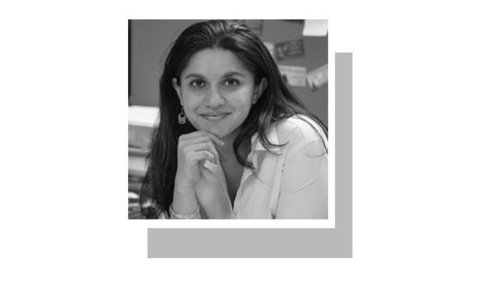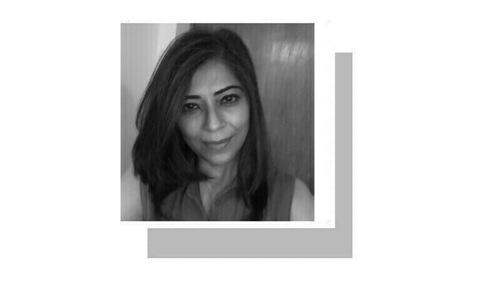
Creative practitioners often seek new knowledge and experiences based on a curiosity that fuels and sparks further questions through textual and visual enquiries. In his photo book Manufactured Landscapes, Edward Burtynsky delves into uncharted territories where humans have left their mark on the land. His stunning and captivating full-colour photographs reveal the altered landscapes of mining, quarrying, rail-cutting, recycling, oil refining and ship-breaking.
Within these frames lies a more profound, unspoken commentary on the social and environmental impact of our actions, rendering them poignant symbols of an era. The endless quest for acquisition is a multifaceted and intricate aspect of human nature. We possess an inherent thirst for progress and are driven by an unshakable desire to attain more, enrich our lives and achieve a sense of contentment — primarily ascribed to capitalism.
Yet, this ceaseless pursuit can also yield detrimental outcomes, such as insatiable greed, perpetual dissatisfaction and an underlying feeling of unfulfilment. A fear of scarcity may spur some on, convinced they will never possess enough.
A thought-provoking two-person show, ‘Spaces in Retrospection’ at the O Art Space, Lahore, showcasing works by Danish Ahmed and Haider Ali Naqvi and curated by Adeel uz Zafar, investigated our society’s unquenchable thirst for material possessions, slowly eroding the essence of the human experience. Both the artists and academician share a common thread for their artistic contemplation, which talks about the constant pursuit of material wealth — yet with very different trajectories and techniques.
The artworks of Danish Ahmed and Haider Ali Naqvi investigate society’s unquenchable thirst for material possessions
Ahmed’s intriguing hyper-cuboid series sheds light on the rapid detachment of humanity from the natural world. The artwork examines the stiff code of conduct that underpins human behaviour and often seems difficult to bend. This behaviour has resulted in a neglect of nature and spirituality, as depicted through Ahmed’s signature style of diptychs and triptychs.

One can’t forget the premise of the constant pursuit of material wealth, which has led us to prioritise it above all else, relegating nature to a mere afterthought, or trapping it within artificial structures. The boxed and cubed spaces portrayed in Ahmed’s work are a poignant symbol of our confined and fragmented reality, driven by greed and consumerism. Sadly, we often overlook the natural beauty and depth beyond this limited existence in pursuing material gratification — in an everyday urbanscape.
For the past several years, Ahmed has devoted his artistic practice to the versatile medium of charcoal, utilising charcoal powder, crushed pastels, and a range of erasers to produce stunning images through the reduction process. The vividly mesmerising and lightly floated skewed rectangular planes — some coloured with basic blues and reds, the rest in black — evoked a profound and ethereal sense of wonder and connection. It appears as a quatrain — a complete poem consisting of four lines — with coordinating conjunctions.
On the contrary, Naqvi’s artistic journey explored and asked viewers to consider the significance of the structures and environments that we have created for ourselves, providing a fresh perspective on their complex and dynamic stories.
With little more than graphite, paper and framing as instruments, Naqvi constantly revealed a world in perpetual movement. Intense destruction and subtle metamorphosis combined in the finished work, which captured a world of both emergence and decay. We see a world in a never-ending metamorphosis cycle in this constant duet of contraction and expansion.
A unique way to add folds in the papers trapped in the boxed frames intensifies Naqvi’s delicate renderings of old houses and buildings. Once inhabited — now filled with rubble and debris from the demolition of buildings — shows the present of the past. One can easily relate these drawings to post-apocalyptic scenes appearing on our black mirrors nowadays as a result of the Israel-Palestine conflict, which will change the typological and geographical renderings forever.
Naqvi also drew under-construction sites, perched with scaffolding and a few newly built houses, to show the transference from old to new. Yet, interestingly, no human presence is manifested in both versions — a time-lapse of just materiality, perhaps.
‘Spaces in Retrospection’
was on display at the O Art Space, Lahore from Oct 27-Nov 6, 2023
The writer is an art/design critic. He heads the Department of Visual Communication Design at the Mariam Dawood School of Visual Arts and Design, Beaconhouse National University, Lahore. He can be reached at aarish.sardar@gmail.com
Published in Dawn, EOS, November 12th, 2023















































Dear visitor, the comments section is undergoing an overhaul and will return soon.